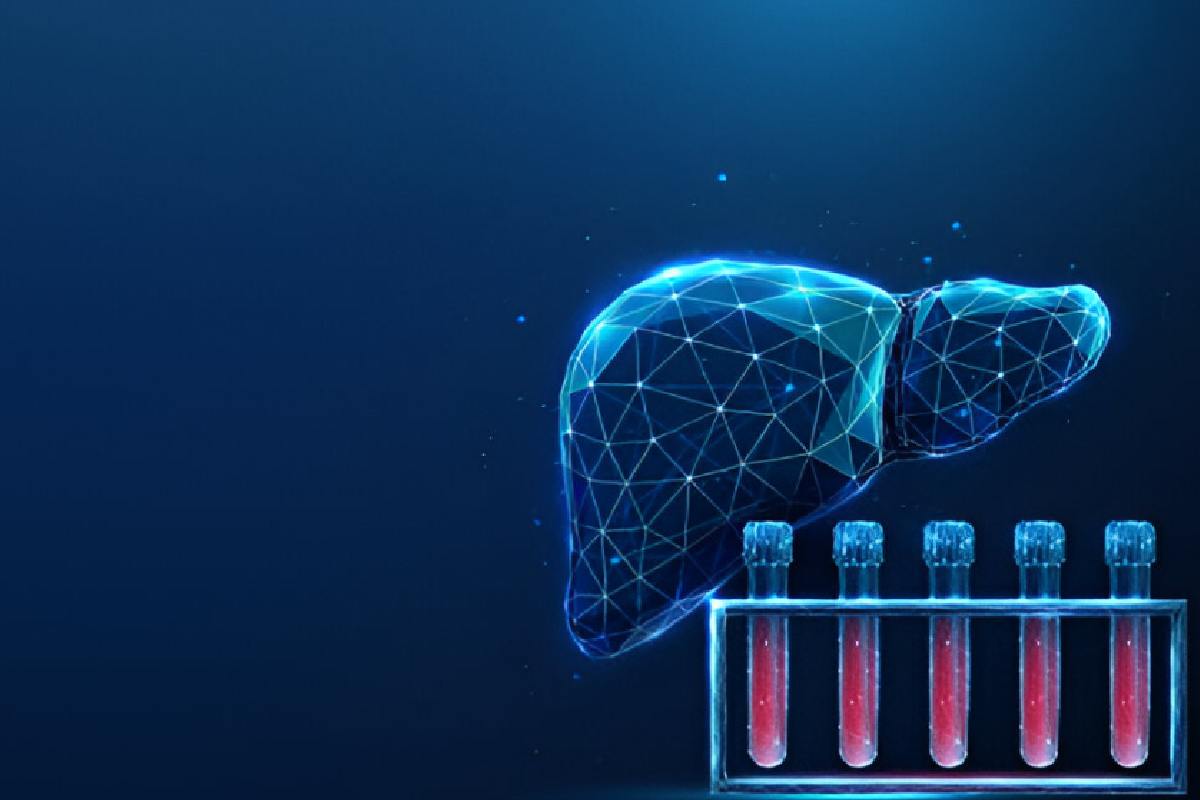Alkaline phosphatase (ALP) is an important enzyme found in the liver, bones, kidneys, and other parts of the body. It helps break down proteins and supports healthy bone and liver function. Normal ALP levels vary by age and sex, but very high or very low levels can signal health problems. Extremely high ALP may indicate liver disease, bone disorders, or other serious conditions. Understanding what level is dangerous helps doctors diagnose and treat potential health issues early.
Table of Contents
Understanding Alkaline Phosphatase (ALP)
- ALP is an enzyme found in liver, bones, kidneys, and digestive system.
- It helps break down proteins and plays a key role in metabolism.
- Normal levels vary slightly by age, gender, and lab.
- Children and teens have naturally higher levels due to bone growth.
- Pregnant women may also show elevated ALP due to placenta production.
- It is measured through a simple blood test.
- Test is often part of a liver function panel or bone health check.
Elevated ALP – When It Becomes Dangerous
- Mild elevation (150–300 IU/L) may be temporary or benign.
- Moderate elevation (300–500 IU/L) usually indicates liver or bone issues.
- High levels over 500 IU/L are considered concerning.
- ALP levels above 1000 IU/L are dangerous and require urgent investigation.
- In cancer, liver failure, or bile duct blockage, ALP can exceed 2000 IU/L.
- Sudden rise without symptoms is less dangerous than rise with symptoms.
- Danger depends on what’s causing the elevated ALP — not just the number.
- Values must be interpreted with other liver enzymes (ALT, AST, GGT).
- Isolated high ALP with normal other markers is less alarming.
- Persistently high ALP is more serious than temporary spikes.
Symptoms That Worsen ALP Danger
- Jaundice (yellow eyes or skin).
- Right upper abdominal pain.
- Nausea, vomiting, fatigue.
- Itchy skin (pruritus).
- Dark urine, pale stools.
- Bone pain or tenderness.
- Unexplained fractures or deformities.
- Weight loss and loss of appetite.
- Swelling in abdomen (ascites).
- Confusion or mental fog (in liver failure).
Causes of Mildly Elevated ALP (150–300 IU/L)
- Healing fractures or bone growth in children.
- Pregnancy (especially third trimester).
- Mild fatty liver disease (NAFLD).
- Recovery phase after illness.
- Certain medications (antibiotics, birth control).
- Recent vaccinations.
- High-protein diet or supplements.
- Minor inflammation in gallbladder or intestines.
- Alcohol use.
- Dehydration or temporary stress on liver.
Causes of Moderately High ALP (300–500 IU/L)
- Hepatitis (viral or autoimmune).
- Gallstones or bile duct obstruction.
- Liver inflammation from alcohol.
- Mononucleosis (Epstein-Barr virus).
- Hyperthyroidism.
- Certain cancers (esp. liver, bile duct).
- Bone disorders like Paget’s disease.
- Vitamin D deficiency or rickets.
- Chronic kidney disease with bone changes.
- Liver damage due to medications (statins, steroids).
Causes of Dangerous ALP Levels (500+ IU/L)
- Bile duct blockage (choledocholithiasis, cholangitis).
- Liver cirrhosis – alcohol-related or viral.
- Liver metastasis – secondary cancer spread.
- Primary biliary cholangitis (PBC).
- Primary sclerosing cholangitis (PSC).
- Bone metastases (from breast or prostate cancer).
- Osteosarcoma (bone cancer).
- Leukemia or lymphoma affecting the bones.
- Hepatic failure – end-stage liver disease.
- Sepsis with liver involvement.
Other Related Lab Tests for Context
- ALT (alanine transaminase) – high in liver damage.
- AST (aspartate transaminase) – liver, muscle enzyme.
- GGT (gamma-glutamyl transferase) – confirms liver origin of ALP.
- Bilirubin – high in jaundice, bile duct issues.
- Calcium and phosphate – linked with bone disorders.
- Vitamin D – low levels can cause ALP to rise.
- PTH (parathyroid hormone) – high in bone turnover.
- Albumin – low in liver failure.
- Prothrombin time – longer in liver dysfunction.
- LDH (lactate dehydrogenase) – non-specific liver/bone marker.
High ALP in Children & Teens – Not Always Dangerous
- Growth spurts cause elevated ALP naturally.
- Normal ranges are higher for age 5–15.
- Levels up to 350–400 IU/L may be acceptable.
- No action needed unless accompanied by pain or other signs.
- Pediatricians often monitor over time.
- Must rule out rickets, bone deformities.
- Vitamin D and calcium tests are helpful.
- Bone-specific ALP test can confirm origin.
- High ALP + low height/weight needs evaluation.
- Supplementation may help if due to deficiency.
High ALP Pregnancy – Is It Dangerous?
- Placenta produces ALP – natural rise in 3rd trimester.
- Can reach 2–4x normal levels.
- Not usually a cause for concern.
- Must distinguish from preeclampsia-related liver issues.
- Sudden sharp rise + high BP = urgent.
- Combined with itching = test for cholestasis of pregnancy.
- ALP returns to normal after delivery.
- No treatment needed unless other symptoms present.
- Close monitoring recommended in high-risk pregnancies.
- Always interpret with GGT and ALT levels.
Low ALP – Less Common but Still Serious
- Malnutrition or protein deficiency.
- Hypothyroidism (underactive thyroid).
- Zinc or magnesium deficiency.
- Celiac disease.
- Wilson’s disease (copper buildup in liver).
- Genetic disorders like hypophosphatasia.
- Severe anemia.
- Scurvy (vitamin C deficiency).
- Bone marrow suppression.
- Long-term steroid use.
Bone vs. Liver ALP – How to Tell the Difference
- GGT helps identify liver source — high GGT = liver.
- Bone-specific ALP (B-ALP) test available.
- High calcium & phosphate suggest bone cause.
- Liver pain/jaundice = hepatic source.
- Bone pain/fractures = skeletal source.
- Imaging (X-ray, ultrasound) may be required.
- Scintigraphy shows bone turnover.
- Liver ultrasound shows duct obstruction.
Who Should Regularly Monitor ALP?
- People with liver disease history.
- Patients on long-term medication.
- Cancer survivors or active cancer patients.
- People with bone disease.
- Postmenopausal women (osteoporosis risk).
- Chronic alcohol consumers.
- Diabetics.
- Kidney disease patients.
- Those on seizure medications.
- Anyone with unexplained fatigue or pain.
When to Seek Immediate Help for High ALP
- ALP > 1000 IU/L without reason.
- Sudden yellowing of eyes or skin.
- Sharp right abdominal pain.
- High ALP + fever or chills.
- Signs of confusion, drowsiness.
- Persistent itching with pale stools.
- Blood in vomit or stool.
- Swelling of abdomen or legs.
- Rapid weight loss.
- Bone pain with elevated ALP.
Management of High ALP – What Doctors Do
- Take full liver function panel.
- Rule out gallstones via ultrasound.
- Check vitamin D, calcium, and phosphorus.
- Review current medications.
- Screen for hepatitis, liver infection.
- Bone scans for possible tumor.
- CT or MRI for liver/bile duct visualization.
- Biopsy in complex or unclear cases.
- Referral to hepatologist or endocrinologist.
- Monitor every 3–6 months if chronic.
Can ALP Be Lowered Naturally?
- Treat underlying cause (liver or bone issue).
- Improve vitamin D levels.
- Maintain healthy liver through diet (low alcohol, high fiber).
- Stay hydrated.
- Use medications only under supervision.
- Moderate weight and manage cholesterol.
- Quit smoking and reduce alcohol.
- Avoid self-medication with supplements.
- Exercise moderately to support bone health.
- Follow-up regularly with your doctor.
Conclusion
ALP levels over 500 IU/L are dangerous, 1000 IU/L require urgent medical attention. Evaluate ALP with other test results and symptoms, consult a healthcare provider for personalized interpretation and management.

